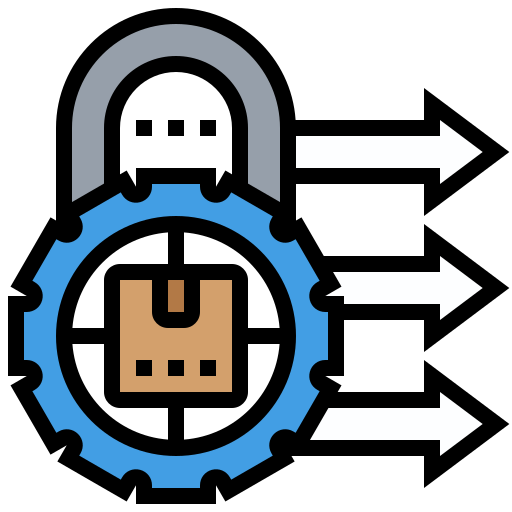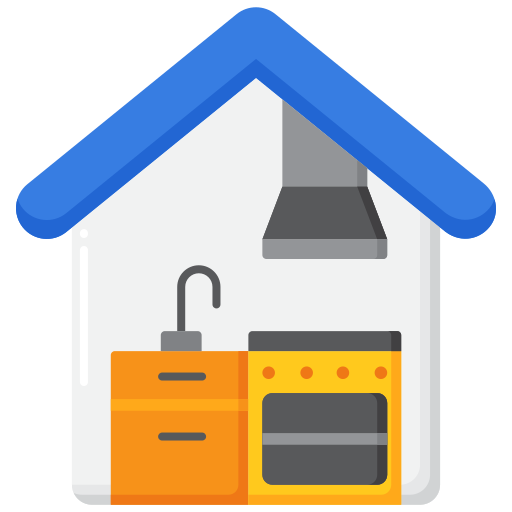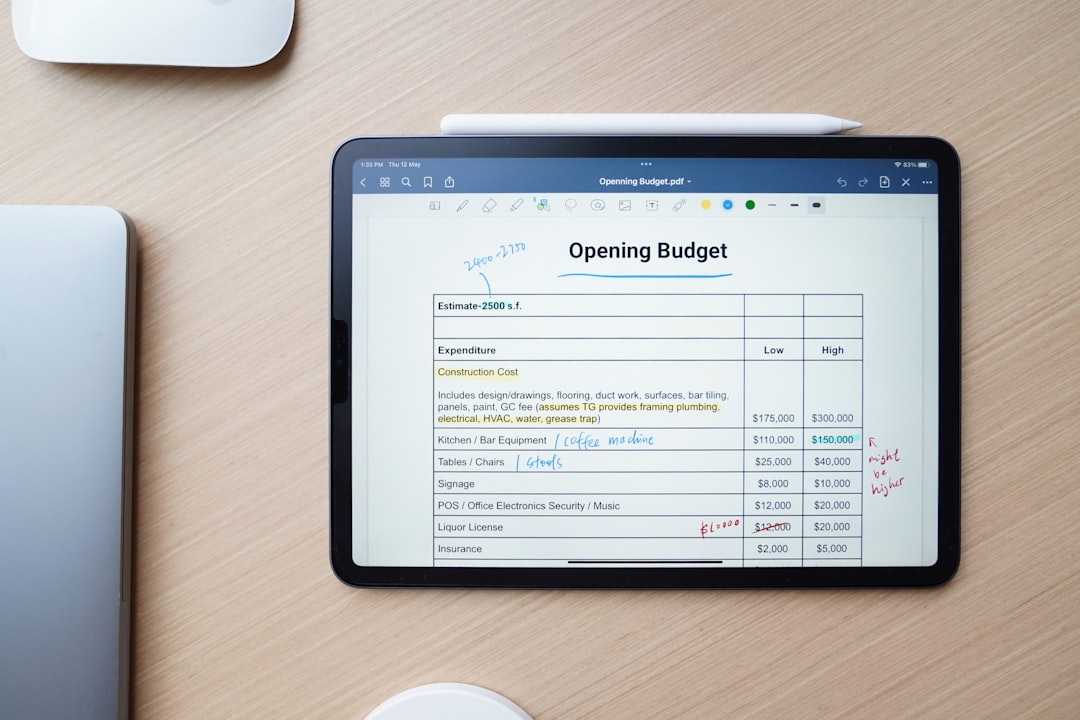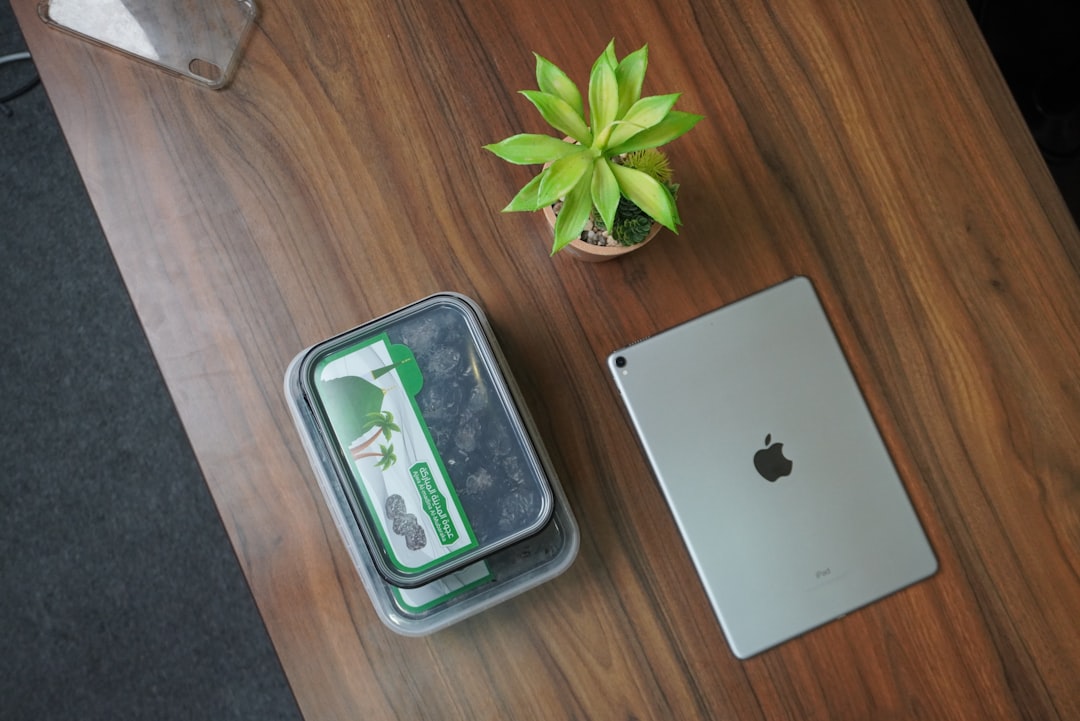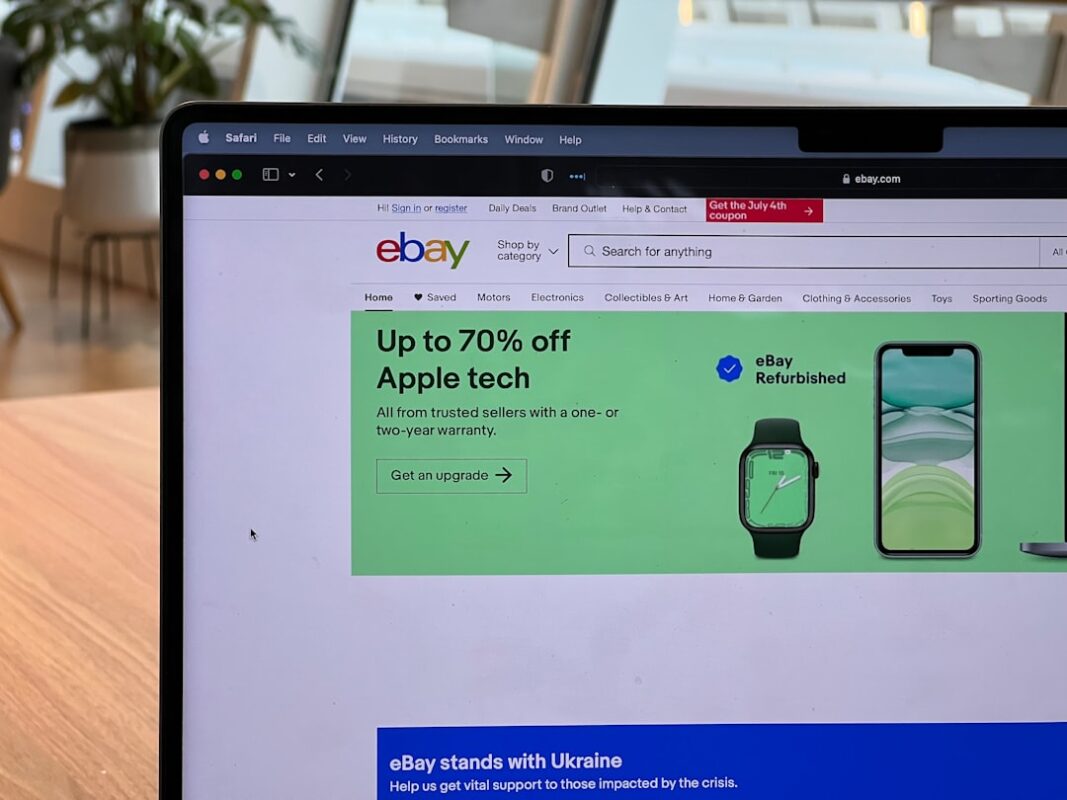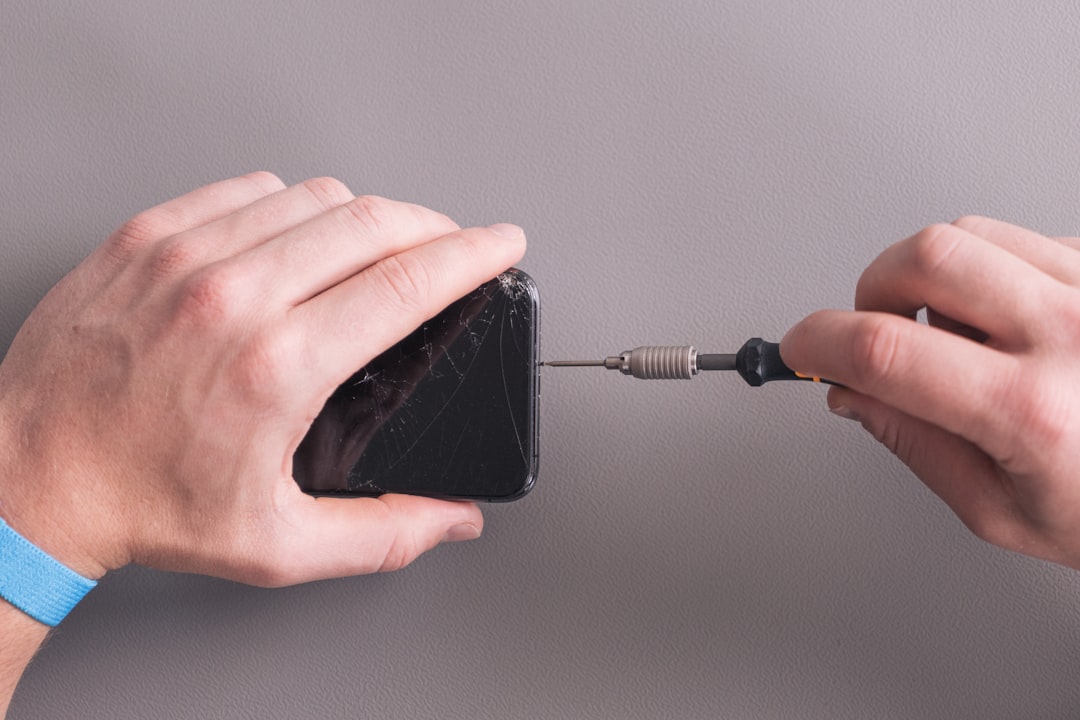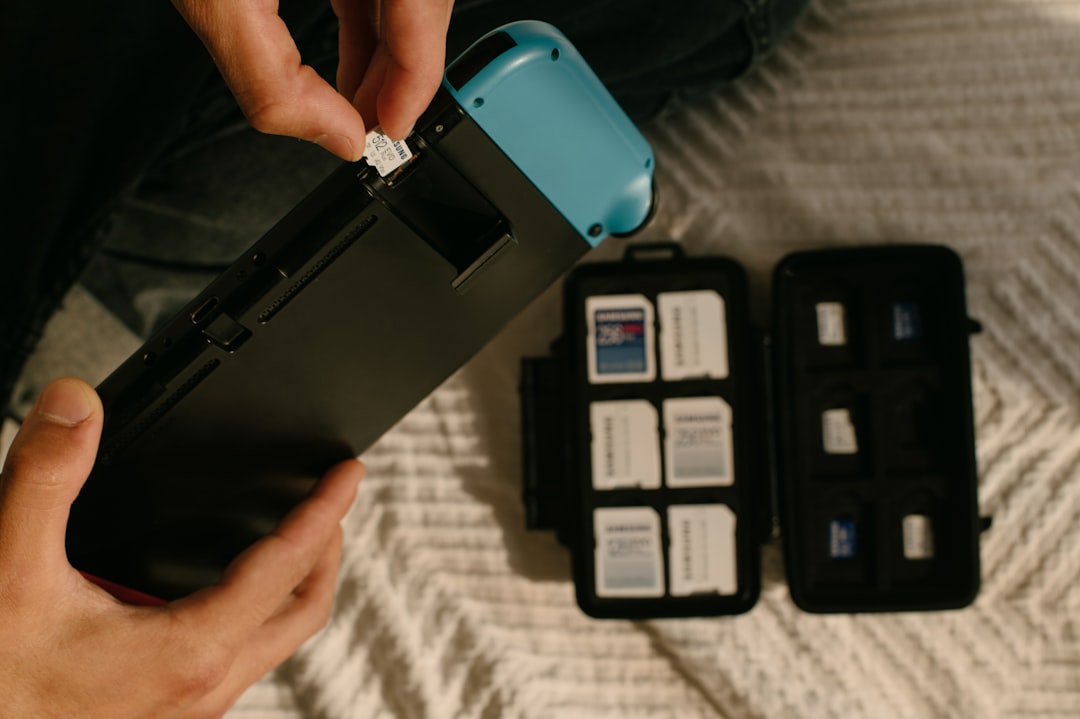Marketplaces And Spot Fake Discounts — here’s everything you need to know about Marketplaces And Spot Fake Discounts, including buying criteria, red flags, and smart ways to save.
How to Compare Prices Across Marketplaces and Spot Fake Discounts
At a Glance
- Understand the importance of price comparison in online shopping.
- Learn how to identify authentic discounts versus fake ones.
- Discover practical tools and tips for effective shopping.
- Evaluate budget-friendly products versus premium options.
- Get insights on reliable marketplaces like AliExpress, Temu, and Shein.
- Budget-Friendly Products: Ideal for everyday items or gadgets that may not require high durability. Products like basic kitchen tools or seasonal fashion can be found at lower prices without sacrificing quality.
- Premium Products: Consider investing in high-quality items for essential needs or frequently used products, such as kitchen appliances or electronics. These tend to offer better durability and performance, paying off in the long run.
- Durability: Premium products often use better materials which can lead to longer lifespan and performance.
- Features: Cheaper options may lack advanced features or brand reputation. Assess if those features are worth the extra cost.
- Warranty: Premium items often come with better warranties, offering peace of mind. If a product is essential, consider the warranty as part of the overall value.
- AliExpress: Great for electronics and fashion at budget prices. Pay attention to seller ratings and shipping times.
- Temu: Offers a wide range of products, often at lower prices. Be cautious about shipping time and check reviews.
- Shein: Popular for trendy fashion at affordable prices. Keep an eye on return policies and shipping costs.
- Free Shipping: Look for products with free shipping offers, especially on bulk purchases.
- Tracking: Always opt for a tracked shipping option to keep tabs on your order.
- Return Labels: If possible, print return labels in advance. This makes the return process smoother if the product isn’t what you expected.
- Secure Payment Methods: Always use secure payment options like credit cards or PayPal that offer fraud protection.
- Check for HTTPS: Ensure the website is secure (look for HTTPS in the URL) to protect your financial information.
- Warranty Information: Review warranty details before purchase, especially for electronics and appliances, to ensure you’re covered in case of defects.
- Return Procedures: Familiarize yourself with the return process to avoid surprises. Know whether you will need to cover return shipping.
What to Look For
When shopping online, especially on budget-friendly platforms, it’s crucial to have a keen eye for details. Here are the key criteria to consider:
1. Price History: Use tools like CamelCamelCamel or Honey to track price changes over time. This helps you determine if a price is genuinely a deal.
2. Product Reviews: Check customer feedback on multiple sites. Look for verified purchases to ensure the review is authentic.
3. Seller Ratings: On marketplaces like AliExpress, pay attention to seller ratings and transaction history. A higher rating generally indicates reliability.
4. Return Policy: Always check the return policy before making a purchase. A flexible return policy can save you from buyer’s remorse.
5. Shipping Costs: Factor in shipping when comparing prices. Sometimes a lower product price can be offset by high shipping fees.
6. Discount Claims: Verify claims of discounts. If a product is listed as 50% off, check the original price to see if it has been inflated.
Common Mistakes & Red Flags
While shopping online, it’s easy to fall into traps that can lead to poor purchasing decisions. Here are common mistakes and red flags to watch out for:
1. Ignoring Hidden Costs: Not factoring in shipping and handling can lead to unexpected expenses.
2. Rushing the Process: Take your time comparing prices across different platforms. Impulse buys often lead to regret.
3. Overlooking Seller Information: Failing to check seller ratings can result in purchasing from unreliable sellers.
4. Falling for Fake Reviews: Be cautious of overly glowing reviews that lack details. They might be fake or incentivized.
5. Assuming All Discounts Are Real: Just because something is labeled as a discount doesn’t mean it’s a good deal. Always do your homework.
Step-by-Step Buying Guide
Follow these steps to ensure a smooth online shopping experience:
1. Identify Your Needs: Before you start browsing, know what you need. Make a list of essential features you’re looking for in a product.
2. Select Marketplaces: Choose reliable marketplaces like AliExpress, Temu, or Shein to start your search. Each has its own strengths, so consider what you’re looking for.
3. Search for Products: Use specific keywords related to your needs. Don’t just search for “kitchen gadgets,” add specifics like “affordable kitchen gadgets.”
4. Compare Prices: Use comparison tools or browser extensions to check prices across different sites. Look for price history to validate discounts.
5. Read Reviews: Dig deep into product reviews to assess quality and reliability. Look for real user experiences.
6. Check Return Policies: Before finalizing your purchase, ensure the return policy aligns with your expectations.
7. Finalize Purchase: Once satisfied, proceed with your purchase. Use a secure payment method and keep a record of your order confirmation.
Budget vs Premium: When to Spend/Save
Understanding when to invest in premium products versus opting for budget-friendly options is key to smart shopping:
Price/Quality Trade-offs
Where to Buy
Here are some popular marketplaces to consider:
Shipping & Returns Tips
Safety & Warranty/Returns
FAQ
1. How do I know if a discount is real?
Check price history tools to see if the original price was ever that high. Compare with similar products on other sites.
2. What are the best marketplaces for budget shopping?
AliExpress, Temu, and Shein are popular choices for budget-friendly products. Compare prices across these platforms.
3. How can I ensure product quality?
Always read reviews and look for ratings from verified buyers. Consider brands with established reputations.
4. What should I do if my product arrives damaged?
Contact the seller immediately and refer to their return policy. Most platforms have protocols for handling damaged items.
5. Are shipping costs always additional?
Not always; many sellers offer free shipping, especially on larger orders. Always check before purchasing.
6. How do I avoid scams while shopping online?
Stick to well-known marketplaces, read reviews, and be cautious of deals that seem too good to be true.
Conclusion
Online shopping can be both rewarding and cost-effective if approached strategically. By understanding how to compare prices, spot fake discounts, and choose the right products, you can make informed decisions that align with your budget. Start by identifying your needs, exploring reliable marketplaces, and using the tips provided in this guide. Happy shopping!
Check our related guide for more on Marketplaces And Spot Fake Discounts.
For examples and price checks, see popular marketplaces like AliExpress or Temu.
Research informed by reputable outlets and official listings.
For even more insights on Marketplaces And Spot Fake Discounts, browse our other Sanivari guides on affordable online shopping and budget gadgets.











